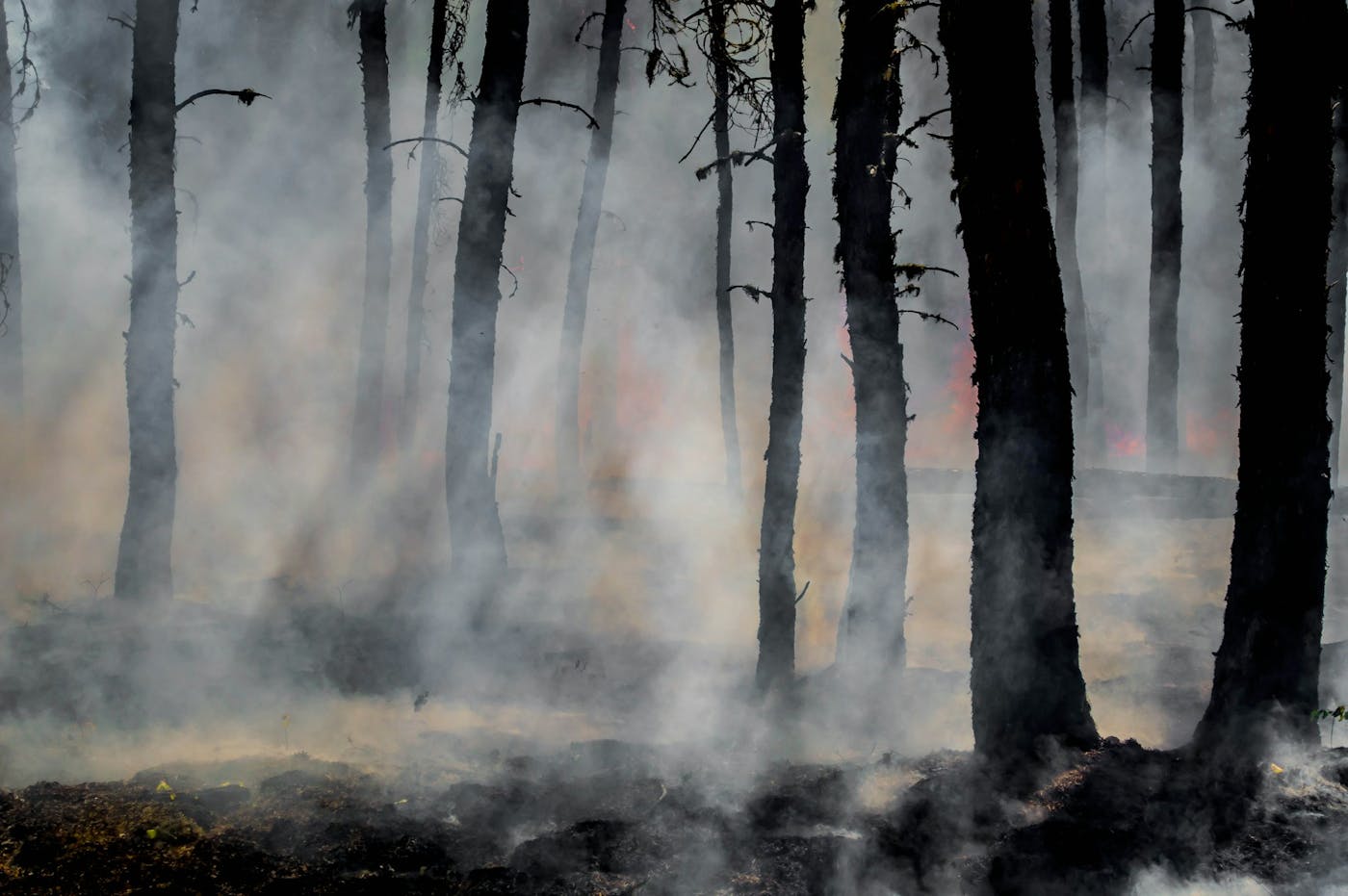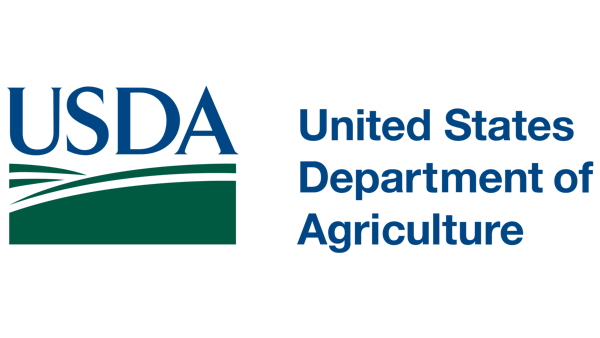
Recent wide-sweeping wildfires in the United States, Canada, south-central Africa, and central South America have had devastating effects on the livelihoods of millions, from significant life and property loss to dangerous air quality levels felt around the globe.
Research has shown that forestry waste with the potential to affect wildfire conditions can be effectively harvested and used as fuel for fast pyrolysis. In addition, current practices already use harvest residuals as pellet-based fuel; an existing landscape of technology and readiness to harvest waste products has set the stage for a more widely-applicable bio-based fuel.

To lower the risk of high-severity fire, forest managers remove these smaller diameter trees through thinning and hazardous fuel treatments. The trees that are removed are often too small to be sold commercially and are usually left on the forest floor to decay or are piled and burned.

Unconventional solutions
It’s here that we see a groundbreaking opportunity for our fast pyrolysis technology: using biomass waste as a source of renewable fuel can address two of the issues at play in these scenarios.
Dry timber and waste material from other agricultural activities can be cleared to reduce the amount of tinder exacerbating wildfire-prone conditions.
Through our fast pyrolysis process, this potentially harmful tinder is converted into fuel-grade BioOil.
BioOil provides an alternative to the use of finite resources for fuels, such as oil and gas.
BioChar, an output product of the fast pyrolysis, is an effective carbon sink that can help mitigate GHG emissions.
This approach is a major step forward in fighting the continued threat of these climate disasters. Mitigation strategies such as these are important for shifting the way we as a society approach the global issue of climate change.
A key, says a report by [Lawrence Livermore National Laboratory], is ensuring that the growing amount of waste biomass does not further contribute to California’s carbon releases. That could mean converting the biomass into renewable biofuels or burning it using carbon capture and storage.


A vicious cycle
The effects of climate change continue to be a major danger to our way of life, local ecosystems, and our natural resources. Greenhouse gas emissions, coming largely from energy use, lead to an ouroboros of detrimental change in our environment. Warming of the atmosphere by GHGs can increase global temperatures, which in turn can exacerbate more frequent instances of drought and lower water supplies across historically dry areas. This in turn leads to a demonstrated increased risk for wildfires.
What’s next?
The threat to our environment requires a change in the way we operate. Looking at our existing resources, even waste, from a different angle opens up new possibilities, not only for mitigation but adaptation and restoration. Partnerships between refineries, investors, biomass owners, and local engineering companies have the opportunity to capitalize on the underutilization of existing resources and maximize joint efforts to promote a more circular, sustainable approach to safeguarding our communities and natural environments.